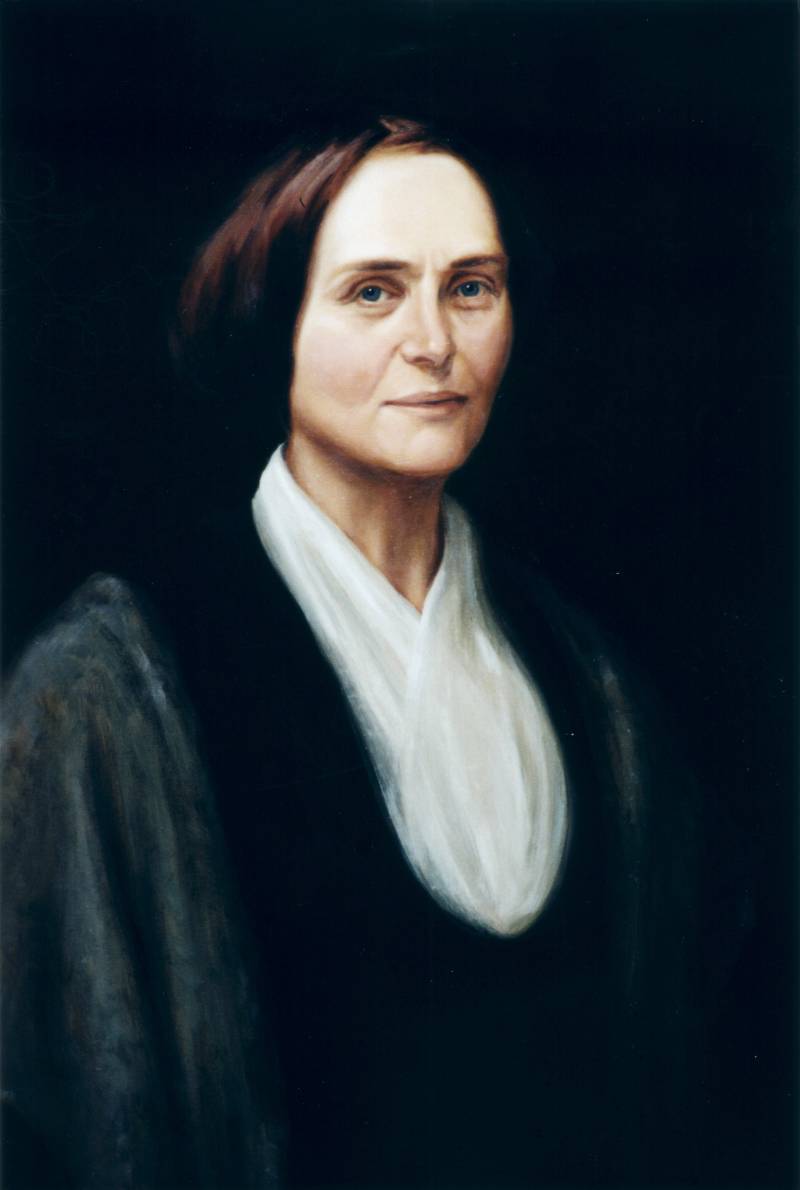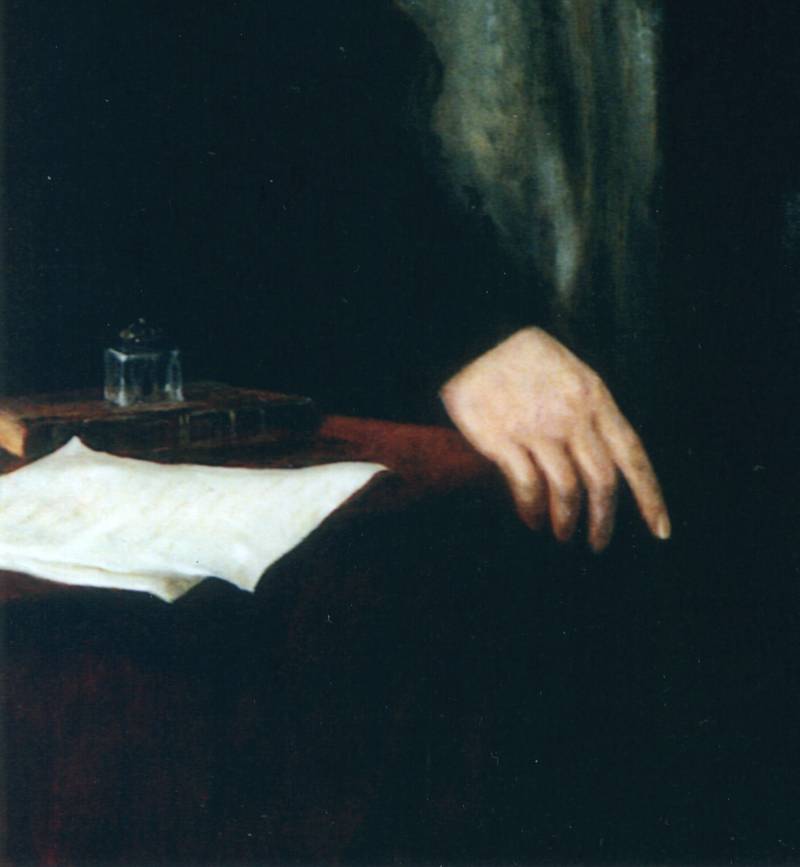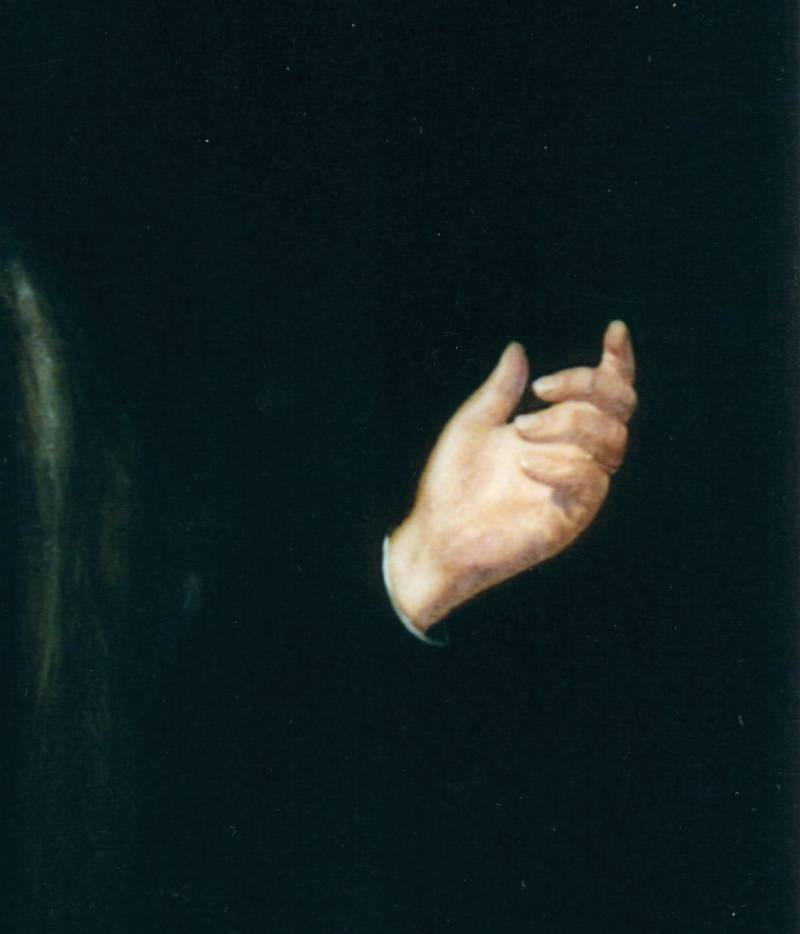|
|
|
. |
|
|
[Continued] While teaching in Lynn at the Friends
school, Abby met James N. Buffum, father of Elizabeth Buffum Chase, a classmate from the
Quaker school Abby attended in Providence. Buffum and William Bassett, two leading
abolitionists in Lynn, introduced Abby the the growing number of state and local
anti-slavery societies that were beginning since the founding of the American Anti-Slavery
Society in 1833. Abby joined the Female Anti-Slavery Society in Lynn and began
distributing petitions door-to-door, sewing and selling fancy articles at the fairs to
donate money to the American Anti-Slavery Society. |
|
|
 |
In 1837,
Abby attended the first national convention of anti-slavery women where she was introduced
to Angelina Grimke, Lucretia Mott, Mary Parker, Mary Clark, the Balls, the Westons, the
Childs, and Maria Weston Chapman. Abby served on the committee to prepare the Appeal to
the Women of the Nominally Free States. She spoke when the fund-raising issue arose,
suggesting the women take retrenchments from their personal expenses to increase their
donations. The
Grimke sisters came to Lynn on June 21, 1837 to speak to the first "promiscuous (male
and female) audience" of 1000 persons. During her school breaks Abby traveled to
Boston and Worcester to attend meetings of the Massachusetts Anti-Slavery Society, where
women attended but did not dare to speak.
Abby and four other delegates from
the Lynn Female Society attended the second Women's meeting in Philadelphia, along with
William Lloyd Garrission, Henry B. Stanton, Henry C. Wright, and women from the Boston and
New York female societies. It was at this meeting that Abby addressed her first
promiscuous audience amid the shouts and stones shattering the glass windows from the
pro-slavery mobs. From that moment, Theodore Weld decided to invite Abby to join the
speaking circuit. . |
|
|
After
some consideration, 1839 Abby decided to join the lecture circuit. Abby spent the majority
of her first year in Connecticut travelling from city to city, starting up anti-slavery
societies, raising funds, and soliciting subscriptions for newspapers, The Liberator
and the National Anti-Slavery Standard. At the annual meeting of the American
Anti-slavery Society in 1840, Abby was nominated to the business committee, the committee
that would set the convention's agenda. Abby was approved by a vote of 557 in favor to 451
opposed. Lewis Tappan, the president of the American Anti-Slavery Society, invited all
those opposed to Abby's position on the business committee to join him for another
meeting, thus forming the American and Foreign Anti-Slavery Society. Although Abby was
blamed for the split, politics between Garrison and Tappan had been growing for a number
of years. |
|
|
Abby
continued to travel, now all over New England. She met Fredrick Douglass and the radical
New Hampshire abolitionist, Stephen Symonds Foster. Many of Abby's letters and speeches
were published in The Liberator. Abby and Douglass went on a New York tour
conducting conventions two times per week, each lasting two to three days. While living
with Paulina and Francis Wright in Utica, New York, Stephen came to stay for a
convention> It was then they decided to marry. In 1845, Abby was invited to the Ohio American
Anti-Slavery Society annual convention. She discovered that The Standard and The
Liberator took too long to reach the "west", so she started the Anti-Slavery
Bugle. Abby traveled in Ohio for the remainder of the summer soliciting subscriptions
for the paper and establishing anti-slavery societies. |
 |
|
|
Abby and
Stephen Foster married in Pennsylvania on December 21, 1845. They both continued their
abolitionist activities until the end of 1846 when Abby became pregnant and the two moved
to their new farm in Worcester in April of 1847 and gave birth to Alla on May 19. Stephen returned to Ohio in August with
Garrison and Douglass. Abby stayed home with Alla for the first few years, but attended
Meetings in Massachusetts. Abby also harbored fugitive slaves at their home, called
Liberty Farm, in Worcester. As soon as Alla was old enough to stay with family, Abby
returned to the circuit travelling to Ohio again. |
|
|
The
second National Woman's Rights Convention met in Worcester in 1851 with three times the
number of participants. It was here that Abby delivered her famous "bloody feet"
speech: "...for fourteen years I have advocated this cause by my daily life. Bloody
feet, sisters, have worn smooth the path by which you have come hither..." calling
for a radical change in the way women lived. Abby traveled with Stephen, Sojourner Truth,
and Susan B. Anthony, one of many recruits that Abby brought in to the movement during her
travels. Abby
worked for the slave right up until her death on January 14, 1887, the day before her
seventy-sixth birthday. At her funeral, Samuel May, spoke of her legend: "Few
Americans can be named...who did so much for the abolition of American slavery as did the
woman whose worn-out frame lies before us. She was one of the few whose words startled and
aroused the land; who compelled attention; who made the guilty tremble; who forced
sleeping consciences to awake; and forbade that they |
 |
|
should
sleep again until slavery ceased...We all have heard of self-sacrifice. In Mrs. Foster we
saw it...From the hour when she left her chosen work of teaching, and through all her
life, a period of fifty years, she laid herself a willing offer upon the altar of humanity
and truth, of her country's and of mankind's highest and enduring welfare. She took on
herself the sorrows, pains, heart-anguish, stripes and wounds of her suffering sisters and
brothers." |
|
|
|
|
|
|
|



